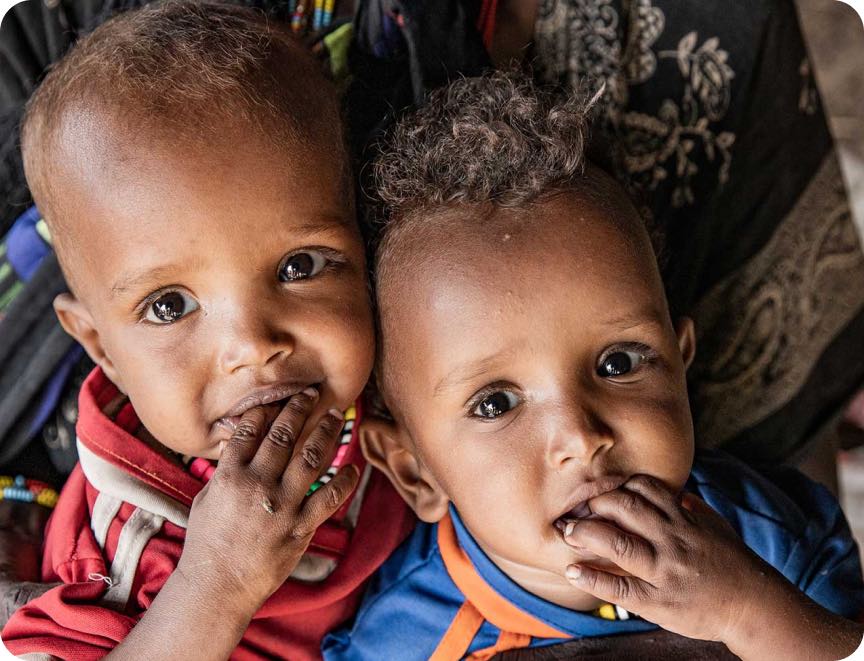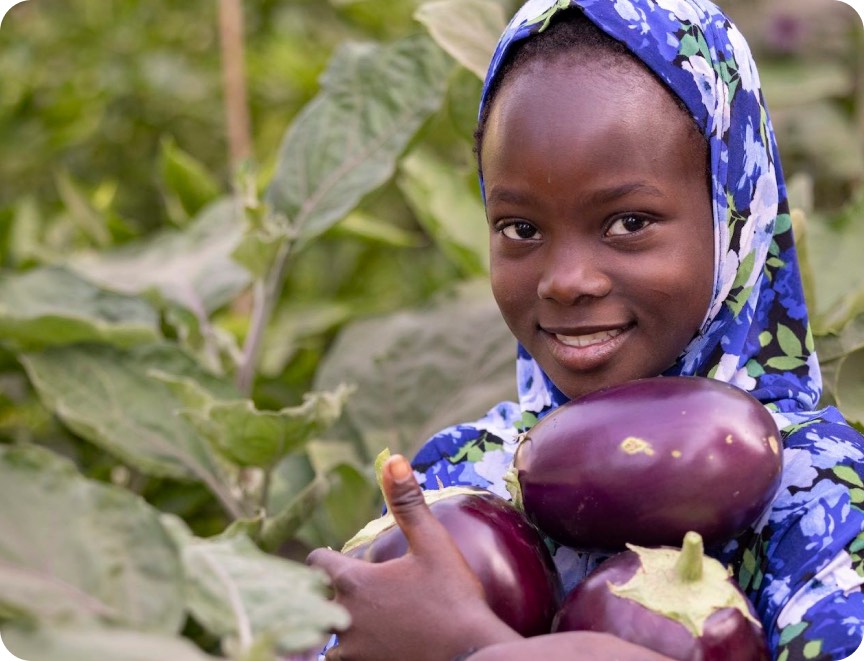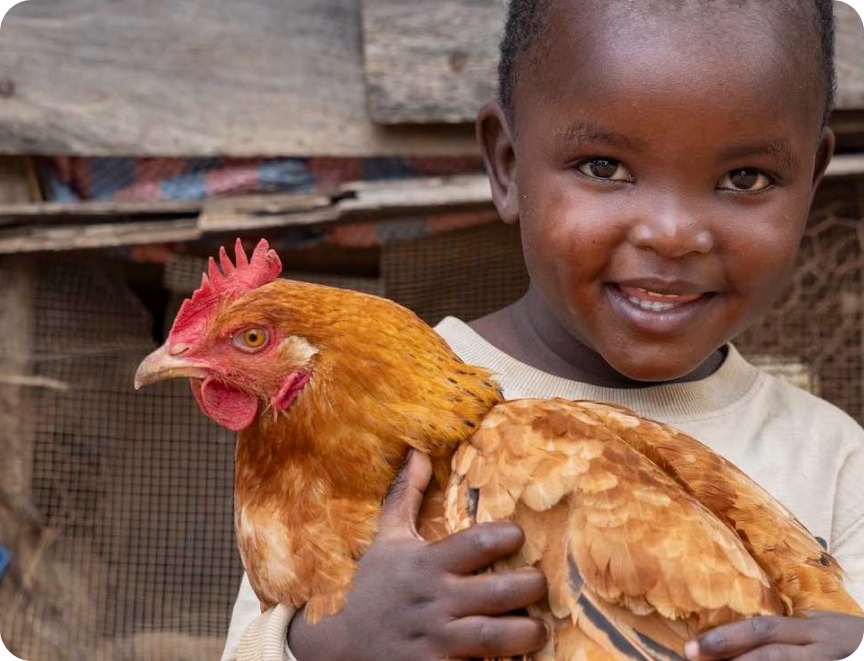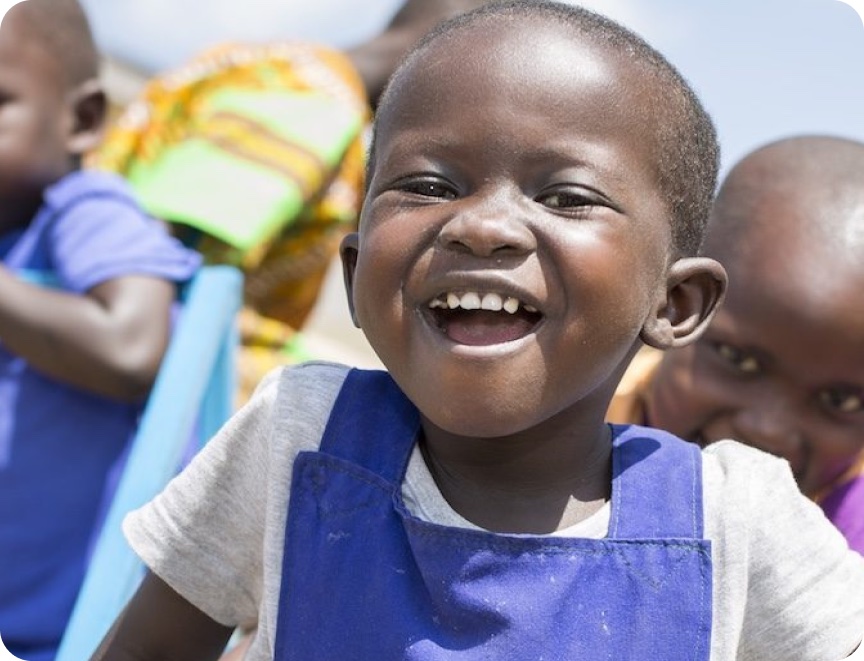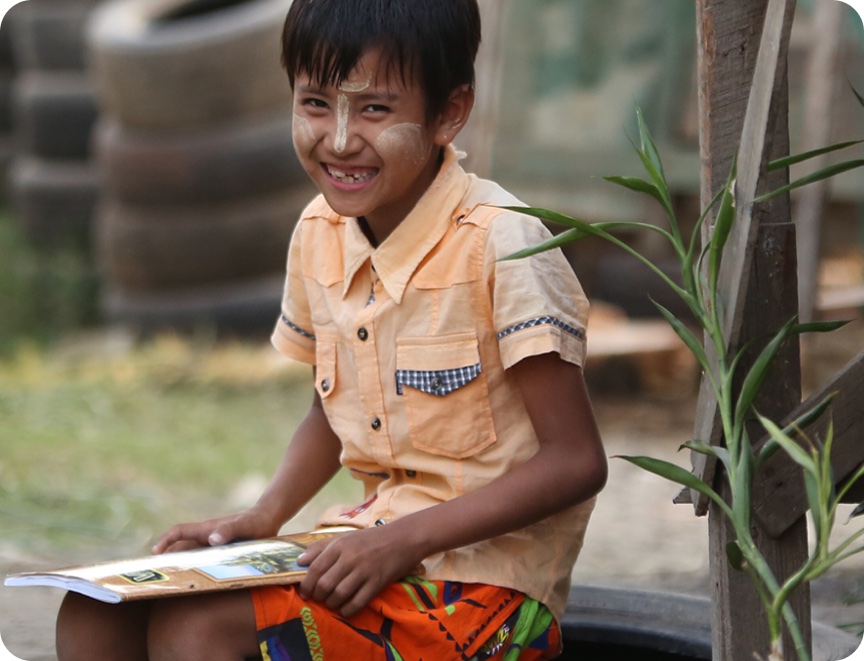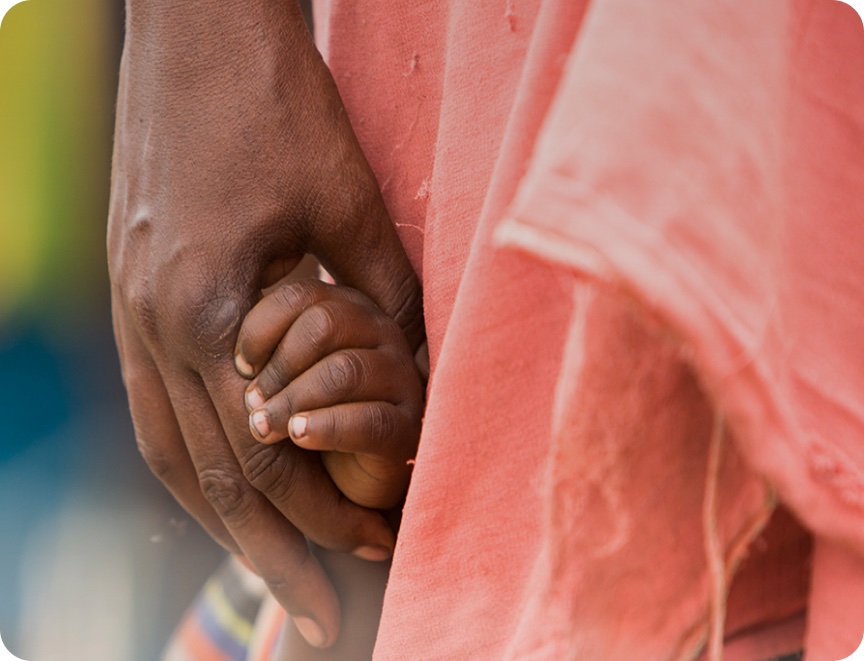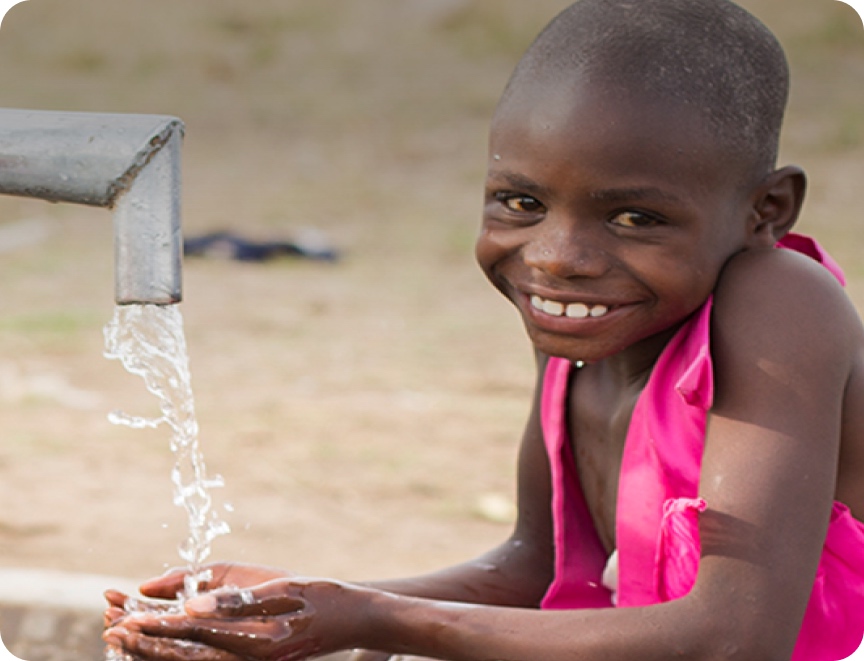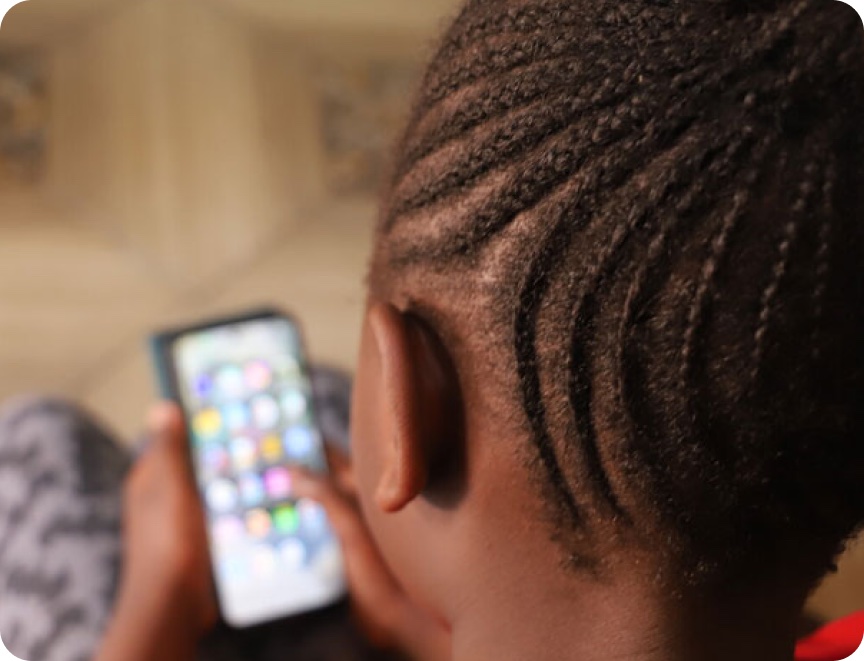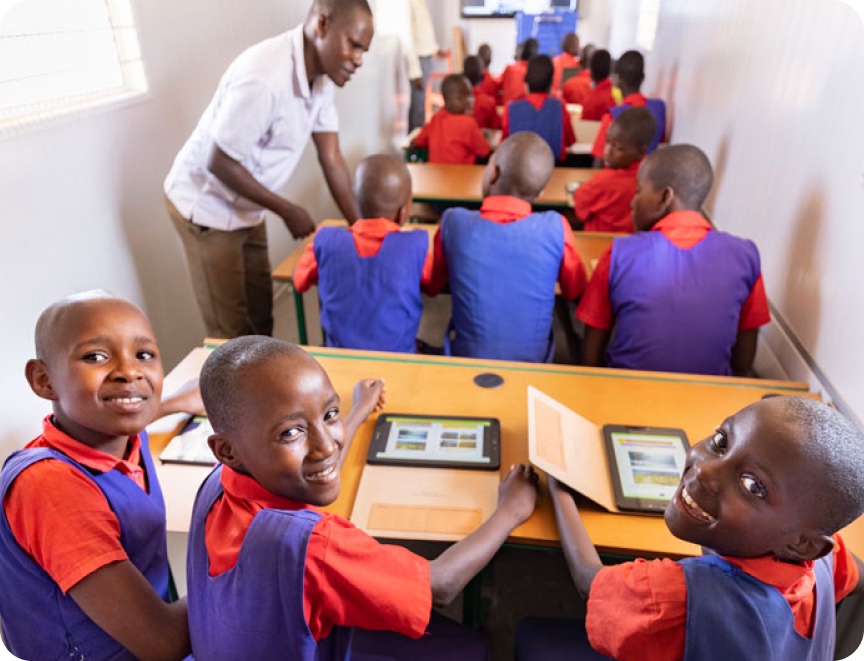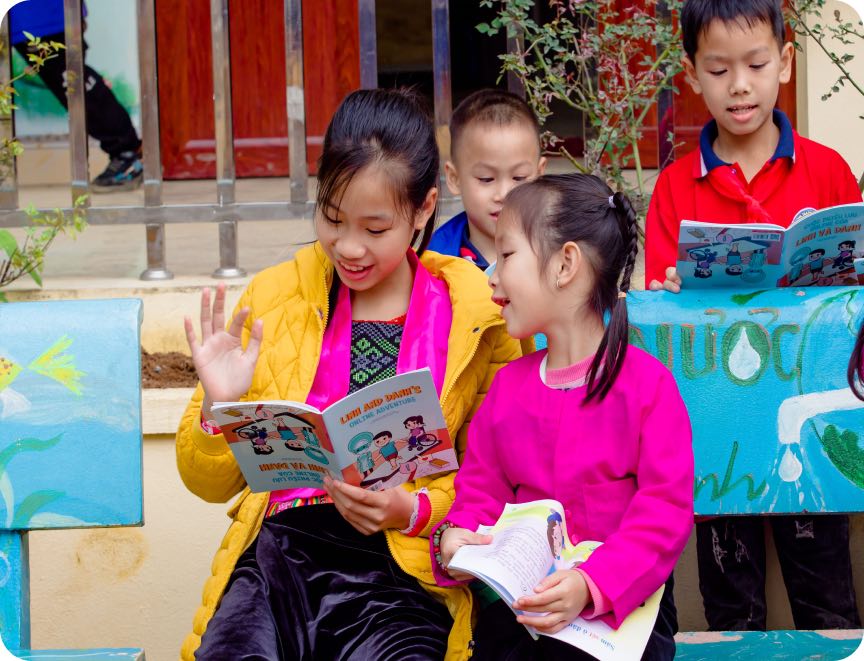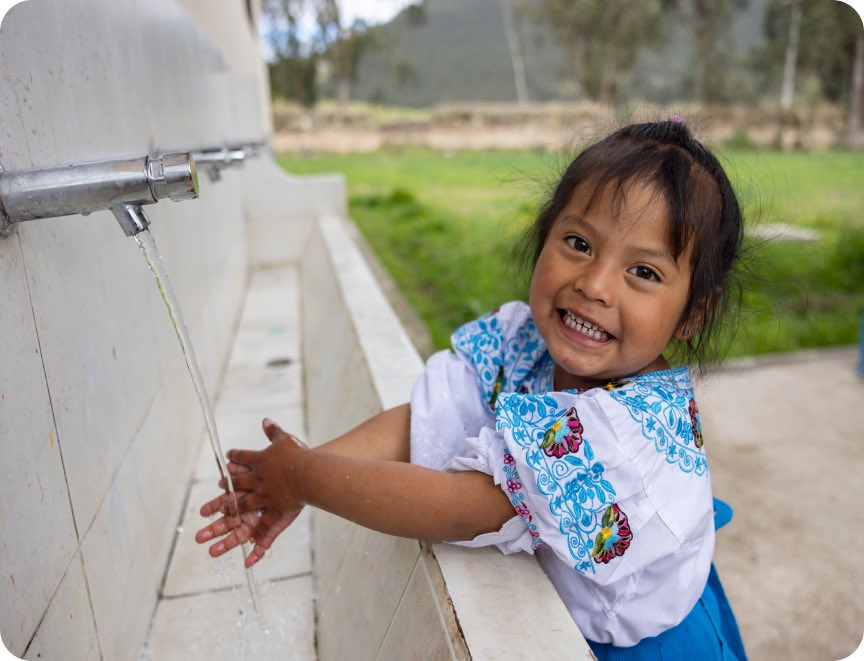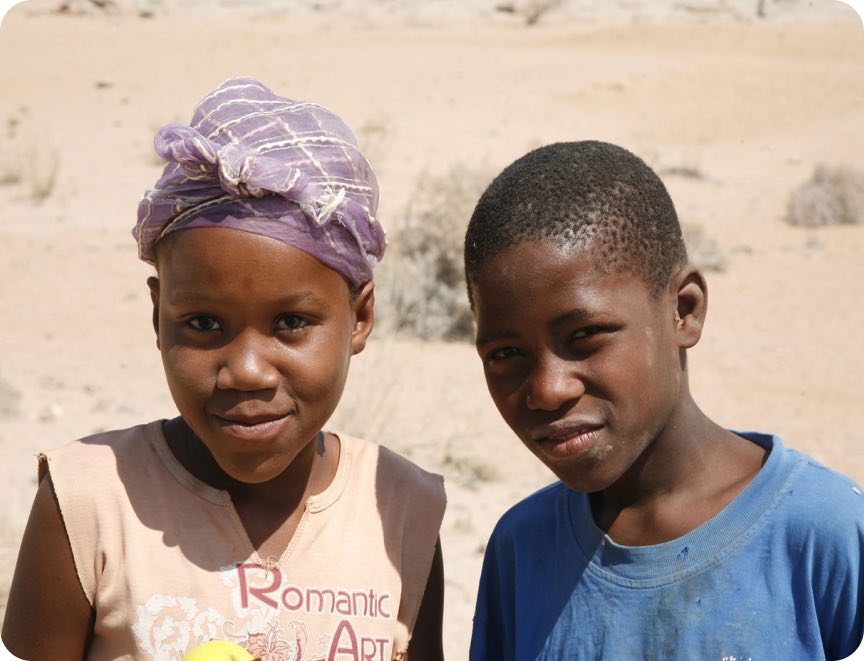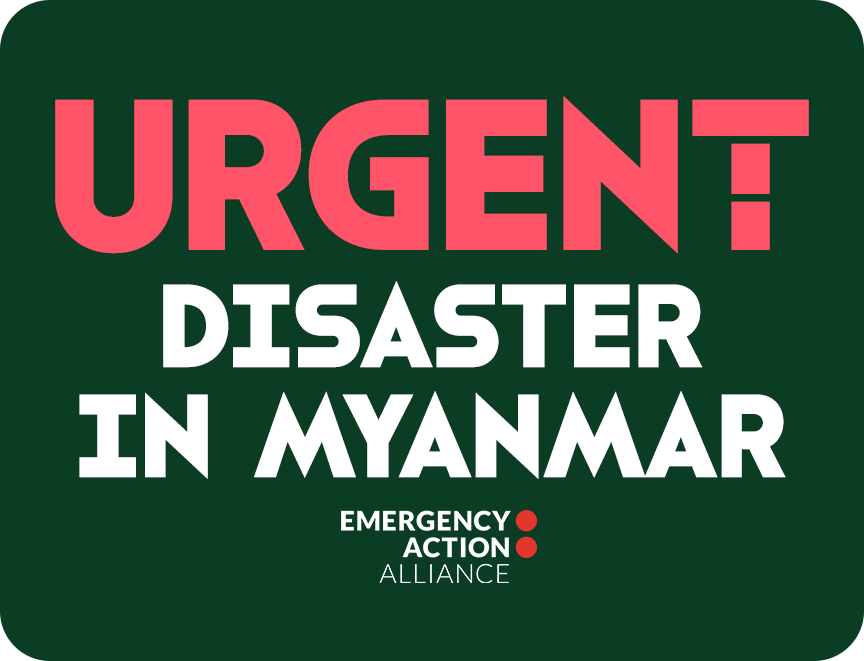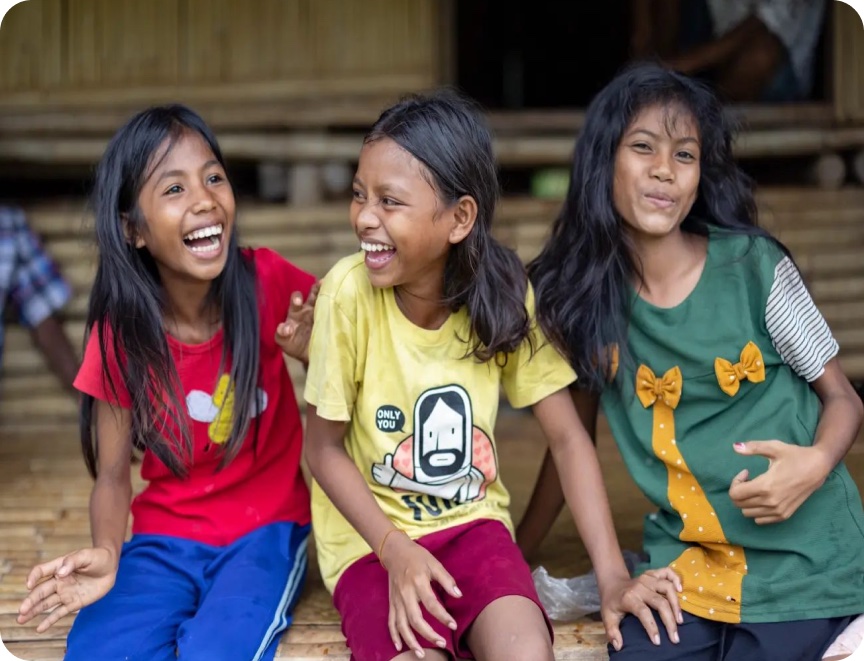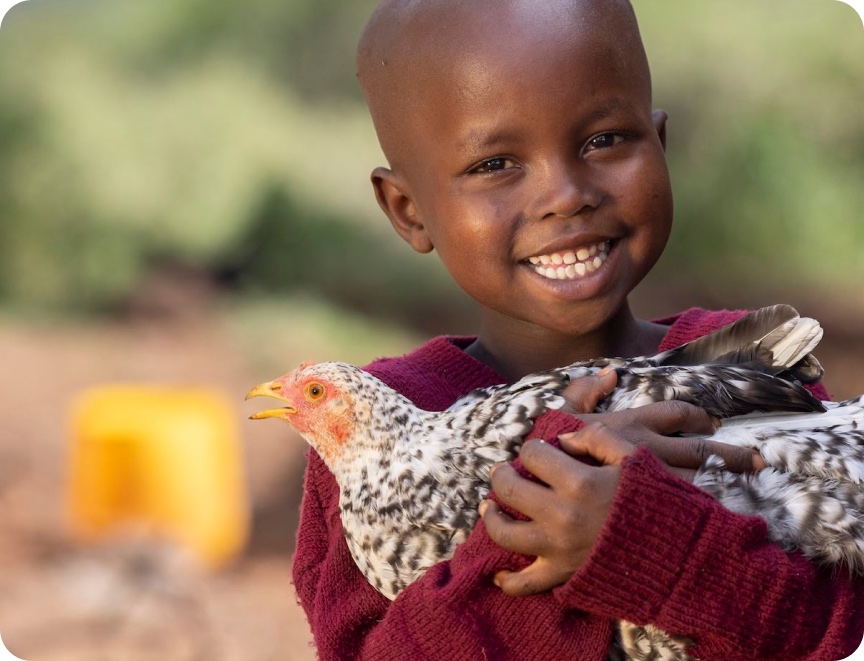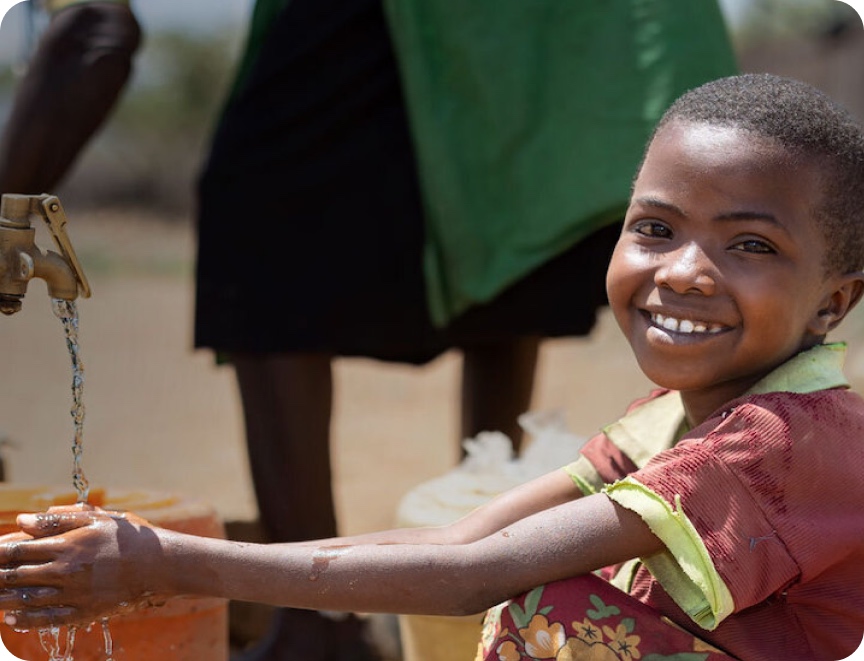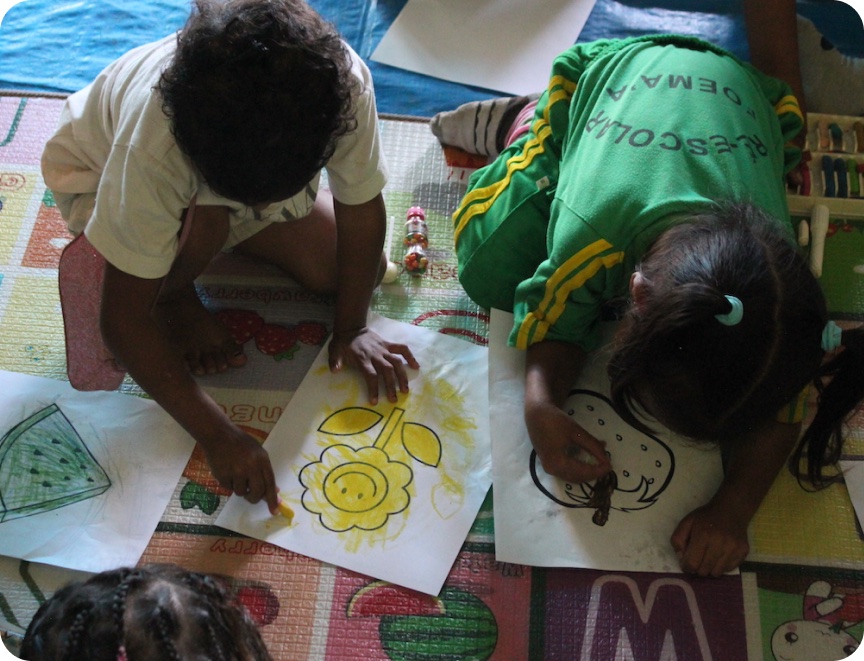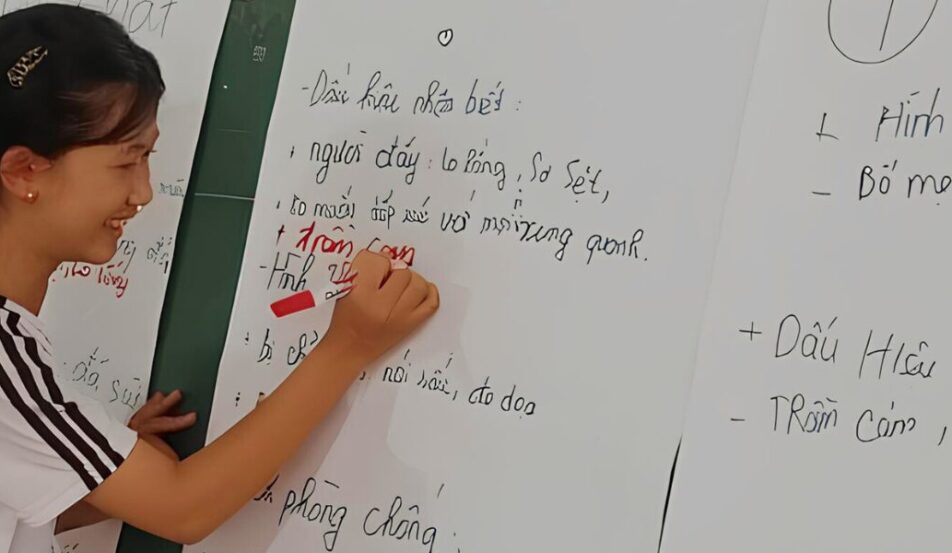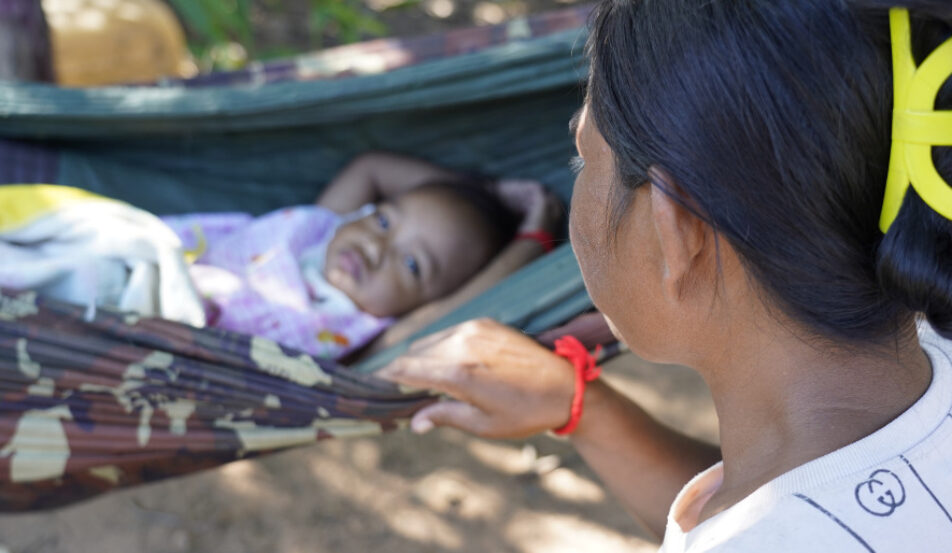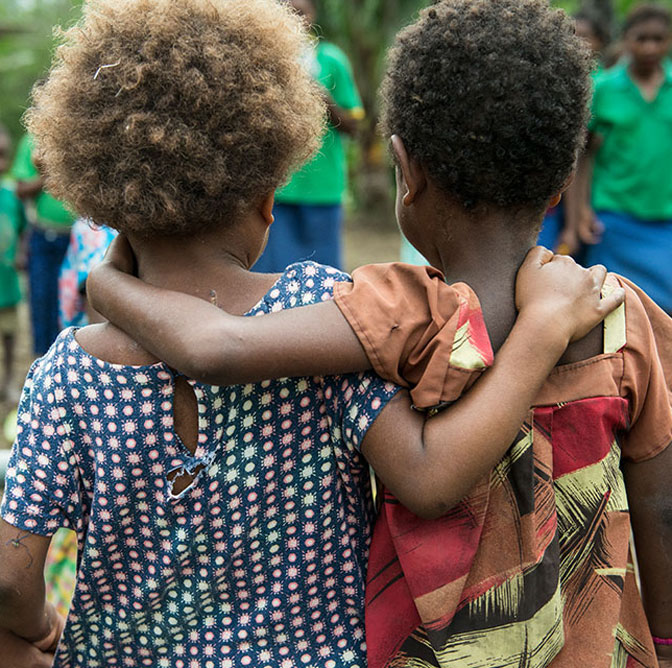Keeping children safe from threats on the internet
The internet dominates the everyday lives of many people around the globe. In 2018 half the world’s population was online.
In developing countries alone, the rate of internet users has increased from 7.7% in 2005 to 45.3% at the end of 2018. One country that has experienced a rapid rise is Myanmar; about a third of the population – 18 million people – use the internet today and roughly 75% of the internet traffic is accessed on mobile phones.
While the internet offers an endless supply of information, it can also pose risks for children. Here’s how we’re working to keep young people safe online.
Providing internet safety training for children
After identifying a gap in people’s understanding of how to navigate the internet safely, ChildFund Myanmar started its first ever online safety training sessions for children and young people in the country. This is supported by the Australian Government through the Australian NGO Cooperation Program (ANCP).
As part of its Resilience Adolescents with Integrated Life Skills project in Dawei, ChildFund Myanmar are running a total of 21 training sessions in 10 state schools to educate students on issues such as cyberbullying, oversharing online and how to search for reliable sexual and reproductive health information.
The training sessions will benefit 300 students, as well as parents, carers and teachers.
May’s experience with the internet safety training
May, 14, who has been attending the training, spends up to three hours a day using the internet. The majority of her time is spent on Facebook.
“Facebook is informative and it can bring both good and bad things to the users,” the Grade 10 student says.
“Once someone asked me to give my picture and mobile number on Messenger. But I didn’t give out and I blocked the person.”
The training sessions have received positive feedback from students.
How the training has improved Ye’s experience on Facebook
Ye, a 15-year-old student in Grade 11, says he has learnt to how to change the settings on Facebook to improve the security of his account.
“I’ve also got to know that there is an application to access sexual and reproductive health information and not all information we see on Facebook is correct,” he says.
“We should be careful not to share the wrong information. I am glad that I received this training because I’ve learnt new things.”
The training sessions have been inspired by ChildFund’s Swipe Safe project.
How teachers have benefitted from the training
Thein, a 52-year-old Grade 6 teacher, had little interest in the online world until she participated in the training sessions, where she learnt it was critical for teachers to learn about the internet so they could protect their students.
“Now I know I shouldn’t turn my back on the internet,” she says. “I have to watch over how my children and students are using the internet although I am not interested in using it myself. If I have the knowledge, I can protect them from harm.”
A mother’s verdict on the internet safety training
Mother-of-two Khin, 49, says the training motivated her to set rules around using the internet at home.
“I don’t act as an authoritative mother,” she says. “I make compromises with my children. I let them use the internet by having rules and I make sure that they keep their promises.”
Sponsor a community in South East Asia to give children a brighter future
If you want to help keep children safe, becoming a community sponsor is a powerful way to help children in Myanmar.
Your sponsorship will help develop child-friendly schools in rural communities, help provide vocational training for out of school youth, among other community development projects across South East Asia.
You can also donate an education-focused charity gift to help a child in the countries where we work get ahead in life. Fight gender inequality by funding a girl’s education, buy school supplies for a child in need and more. We offer many ways for you to give, because every child needs a childhood.


